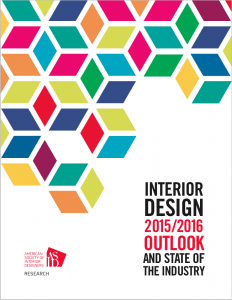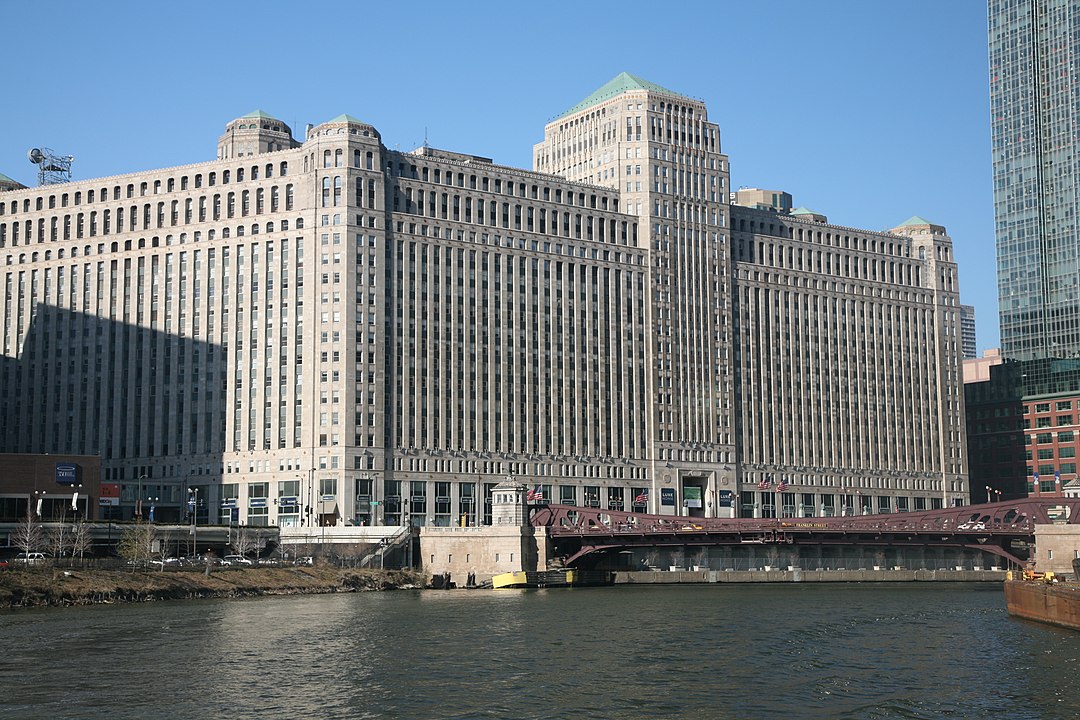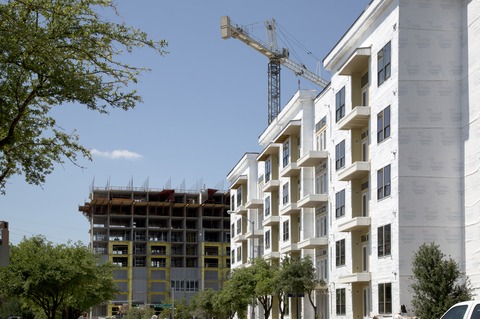
Last week at Neocon, I heard ASID CEO Randy Fiser do a quick summary of ASID's Interior Design 2015/16 Outlook and State of the Industry report. With business good and growing, the nation's largest interior design association is understandably pleased to share these latest findings. Some quick numbers:
- 60,824: total number of employed interior designers (both commercial and residential)
- 13,257: total number of design firms
- $8.6 billion: total sales
- $68.5 billion: dollar value of specified products (35% increase since 2010)
- 25%: percentage of firms of all sizes and specialties that intend to hire new employees in the next year
Interior design is also evolving. Some of the key takeaways from ASID's trend analysis of all design disciplines, but very relevant to healthcare design, are:
- Designers are being asked to solve increasingly complex problems
- Designers can't do it alone -- a multi-disciplinary approach works best
- The rapid pace and reduced costs of technological innovation is changing everything
- Commercial designers are affected most by the macro-trends identified in the report
Most important macro-trends also relevant to healthcare design are:
- Health & Well-Being: interior design can help encourage a pro-active approach to this
- Technology: its impact on design practice and spaces where we live and work will only grow
- Sustainability: expanding beyond reducing environmental impact to include designing for healthy behaviors
- Urbanization: increasing concentration of people in cities means interior designers must find creative ways to make the most of limited spaces
- Globalization: design is no longer limited to a single location or culture
- Resiliency: design has a big role to play in preparing, planning, absorbing, recovering from, and more successfully adapting to adverse events
For each of these macro-trends, ASID has also defined sub-trends, which are also interesting. But you'll have to read the report to see what they are.
And one of the most fascinating things in the report is the idea of crowdsourcing design. As you probably know, crowdsourcing is is the process of obtaining needed services, ideas, or content by soliciting contributions from a large group of people, and especially from an online community, rather than from traditional employees or suppliers.
Arcbazar is already doing this by facilitating architecture design competitions for crowdsourced solutions. ASID expects more of this to come and thinks the disruption of crowdsourcing in the design market may actually be creating more projects.
"This is the interior design profession's opportunity to practice functional resiliency. So...beat 'em or join em?" the report asks. Wow. Truly wow.
P.S. Please do me a favor -- if you liked this post and like this blog, please share it with others by sending them the link and/or post it on your Twitter, LinkedIn, or Facebook, etc. Also, don't forget to subscribe, so you'll get emails when new content is posted. Thanks!






